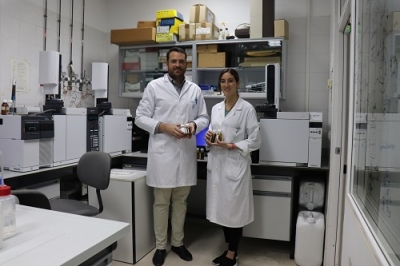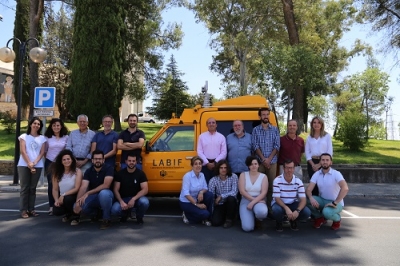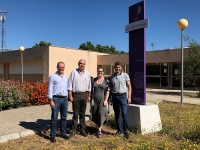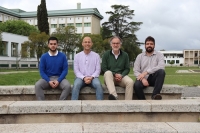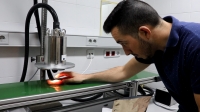Jueves, 29 Agosto 2019 13:58
ARISTOIL | A new method to quantify phenols, olive oil's 'star' compounds
Escrito por UCC+i
Publicado en
Physics and chemistry
The UCO is working within the framework of the CILIFO project on an algorithm that will predict the behaviour of forest fires
Publicado en
Nature science
Jueves, 29 Agosto 2019 12:50
PRODEHESA MONTADO | The Struggle to Save the Dehesa, a Unique Ecosystem in Danger
Escrito por UCC+iA research project is advocating for the importance of this livestock exploitation system to mitigate climate change
Publicado en
Nature science
Jueves, 29 Agosto 2019 12:45
ECOPOTENTIAL | Satellite Images to Reveal Mankind's Footprint on the Planet
Escrito por UCC+iThe ECOPOTENTIAL project seeks to monitor how human activity is modifying ecosystems in protected areas
Publicado en
Nature science
Jueves, 29 Agosto 2019 08:26
ALGARED | Algae: Scientific assets to resolve major environmental and health challenges
Escrito por UCC+IThe 'Algared +' project has yielded a better understanding of how nitrogen assimilation works in plants
Publicado en
Nature science
Etiquetado como
Miércoles, 28 Agosto 2019 08:19
Individual Quality Analysis of Each Iberian Pork Loin Now Possible
Escrito por UCC+iA research team at the University of Córdoba has tested the effectiveness and speed of NIR technology to individually analyse the quality of intact cuts of Iberian loin
Publicado en
Nature science
Etiquetado como


